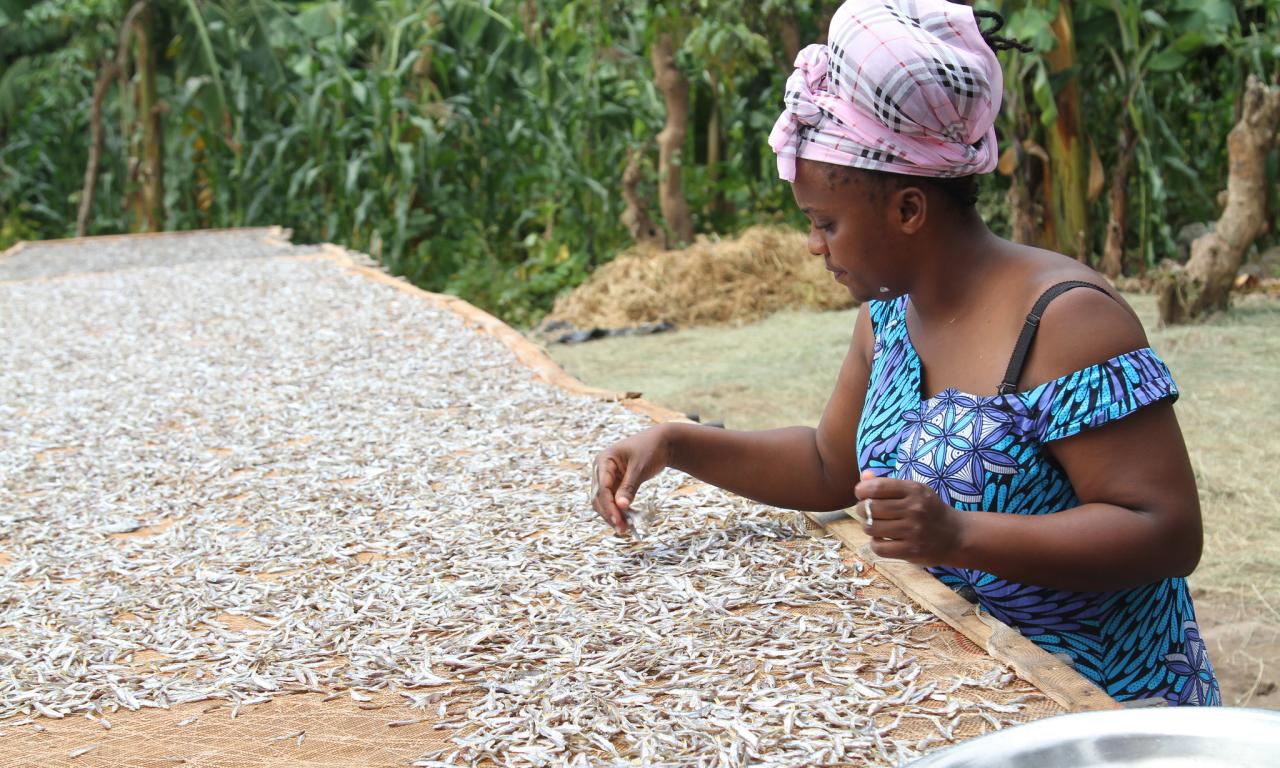
Small-scale fisheries (SSFs) are the backbone of coastal and inland communities worldwide, contributing at least 40% of the world’s total fish catch and providing essential nutrients to 2.3bn people living near coasts and inland waters. Yet, despite their importance, they face systemic challenges, limited market access, neglect in provision of social services, exclusion from policy decisions, growing climate-related pressures and, increasingly, physical displacement from an increasingly crowded and industrialised coastal zone.
Direct-to-consumer (D2C) models have helped fishers gain better market control in some developed economies. However, for SSFs in developing countries, market access will not be the primary determinant of their survival and flourishing. Moreover, these models remain out of reach due to infrastructural gaps, weak regulations and logistical hurdles. Instead of viewing SSFs solely through a market-access lens, we need to both recognise and address the pressures they face (FAO, 2015), and recognise their broader role as a nature-based solution (NbS), one that enhances food security, strengthens climate resilience and supports sustainable livelihoods.
Unlike large commercial fleets with sophisticated supply chains, most SSFs in developing nations struggle with basic infrastructure—cold storage, reliable transport and fair market prices. Many artisanal fishers are forced to rely on intermediaries who control pricing and access to buyers, leaving fishing communities economically vulnerable and trapped in cycles of poverty.
